Haven’t you heard? Death’s Door is one of the best games of the year. It’s also one of the toughest. Acid Nerve’s isometric dungeon-crawler, which came out to great acclaim in July on Xbox and PC, landed on PlayStation and Switch this week — just in time for GotY season. How convenient.
In Death’s Door, you’re cast as a crow — both a metaphorical augury of death and a literal one — an agent of an afterlife bureaucracy, responsible for peacefully shepherding departing souls to a final resting place. Near the start of the game, one of your “assigned” souls is stolen. You have to get it back, which means embarking on a quest of navigating maze-like dungeons, tracking down hard-to-find upgrades, and going toe-to-toe against multiphase boss fights with various attack patterns that are increasingly difficult to read.
Death’s Door is maddeningly absent some de rigueur conveniences of modern games — there’s no fast travel or map, for instance — but is so streamlined and deliciously minimalist that such losses aren’t keenly felt. I recently played through the game to the credits on Xbox. If you’re just hopping into this interactive Halloween-inspired diorama on any platform, allow me to impart some advice.
One is the magic number
Getting to grips with Death’s Door’s single unit system is key to finding your way. If you get hit by an enemy, whether it’s a rank-and-file monster or a megalomaniacal toad so large it should’ve starred in Pacific Rim, you’ll lose one node of health. All enemy attacks deal the same amount of damage. If you shoot an arrow or fire off a fireball, you’ll lose one node of magic. If you land a physical strike on an enemy, you’ll regain one node of magic. The system is blessedly, refreshingly simple. And once you internalize it, the whole game clicks.
There’s just one exception: the bomb ability, which uses two charges of your magic metre. (Trust me: Worth it.)
Invest in dexterity first
Surviving in Death’s Door is often contingent on keeping the toughest enemies at arm’s length, and peppering them with arrows and fire. Again, every time you land a physical attack, you’ll refill one use of your magic metre. Sure, you could use your melee weapons to deal damage, but they’re better used as tools to restore your magic, which allows you to use the more potent ranged abilities more often.
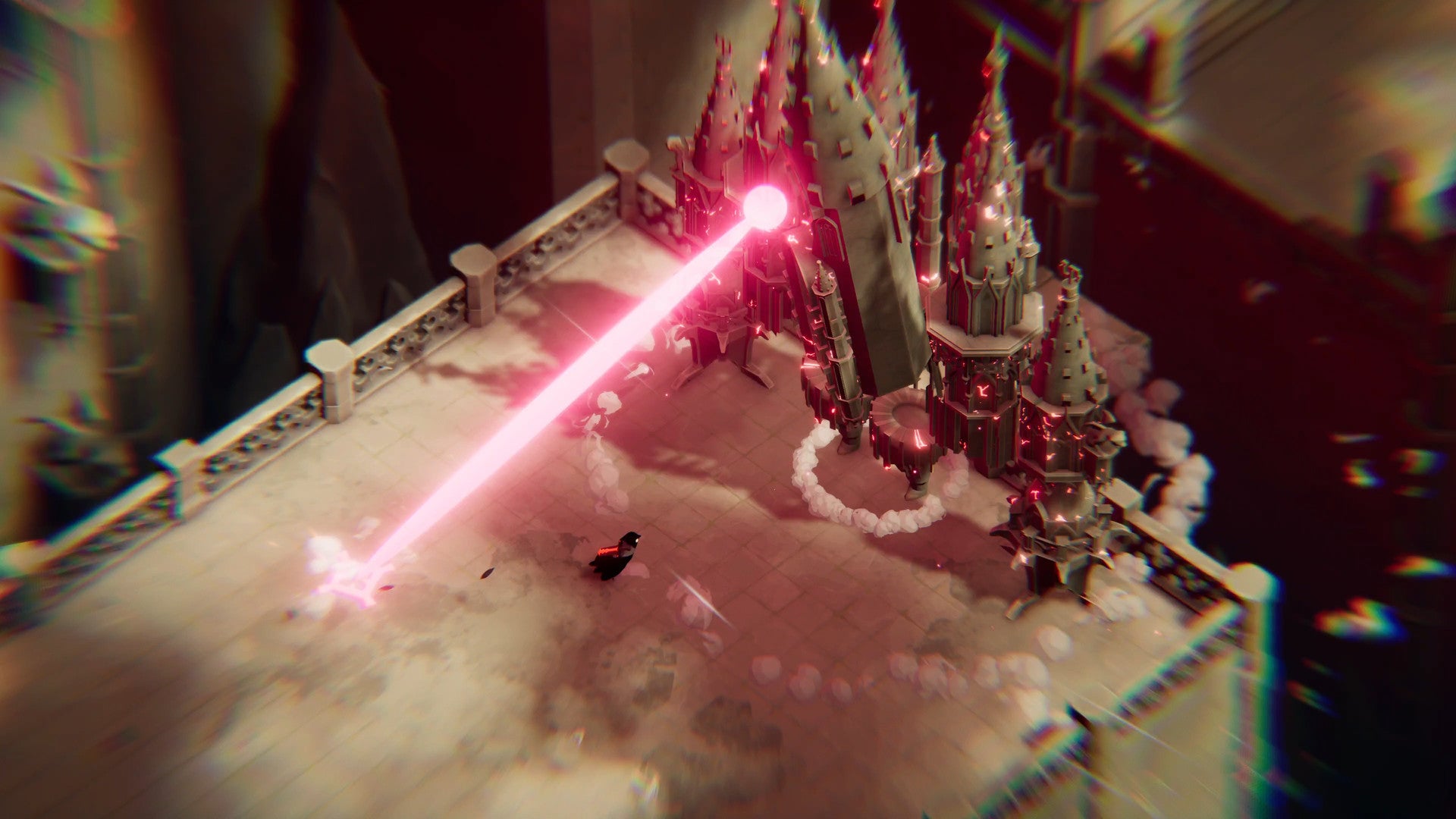
To that end, invest your first few skill points in dexterity — the stat that allows you to swing your weapon faster — before anything else. The faster you land hits, the more you recharge your magic, so the greater the distance you can keep between you and some of the enemies with hard-to-parse attack patterns.
Then go for magic
You deal more damage with arrows, fire, and bombs. Melee attacks are fine enough, and you can make those stronger by beefing up your strength stat, but most of the damage you dish in Death’s Door will be with your ranged weapons — governed by magic. Once you’ve added those first few dexterity points, focus your efforts on boosting magic.
And put the rest into haste
The haste stat kicks up your overall move speed, and reduces how long you have to wait between dodges. In the early goings, when enemies telegraph their moves and don’t attack with ceaseless flurries, you don’t need it. By the last stretch of the game, you’ll want at least a couple points in this field — especially before taking on the final spree of bosses.
Use the rogue daggers on bosses
Once you get rogue daggers, they become invaluable for boss fights. (You’ll find the rogue daggers right outside of the Urn Witch’s manor. Polygon has a practically geolocated guide in the event you get lost.) Though every boss fight is of course different, the basic strategy is the same: keep your distance, fall back on magic attacks. The rogue daggers don’t deal much damage but have ferociously high attack speed, allowing you to recharge your magic in no time — typically with just one combo.
Upgrade your fire magic
You can upgrade all of your spells by tracking down and defeating four high-powered, optional bosses. If you find only one, make it the fire knight. (In the dungeon en route to the Urn Witch’s manor, there’s a chamber blocked off by cobwebs. Use your flame spell to burn them down. That’s where you’ll find the knight.) Once your fire spell is upgraded, it’ll deal damage over time — in addition to its base damage. The damage does not, to my understanding, stack, but it is nonetheless essential for the most challenging battles. By using it, you can deal damage and run away from attack at the same time. Full disclosure: This is how I defeated the final boss, and the coolest boss.
Read More: The Boss Fight That Proves Death’s Door Is On Another Level
Naturally, the fire knight — on whom you can’t use the damage-stacking fire spell, since, y’know, you haven’t unlocked it yet — is debatably the toughest fight in the game.
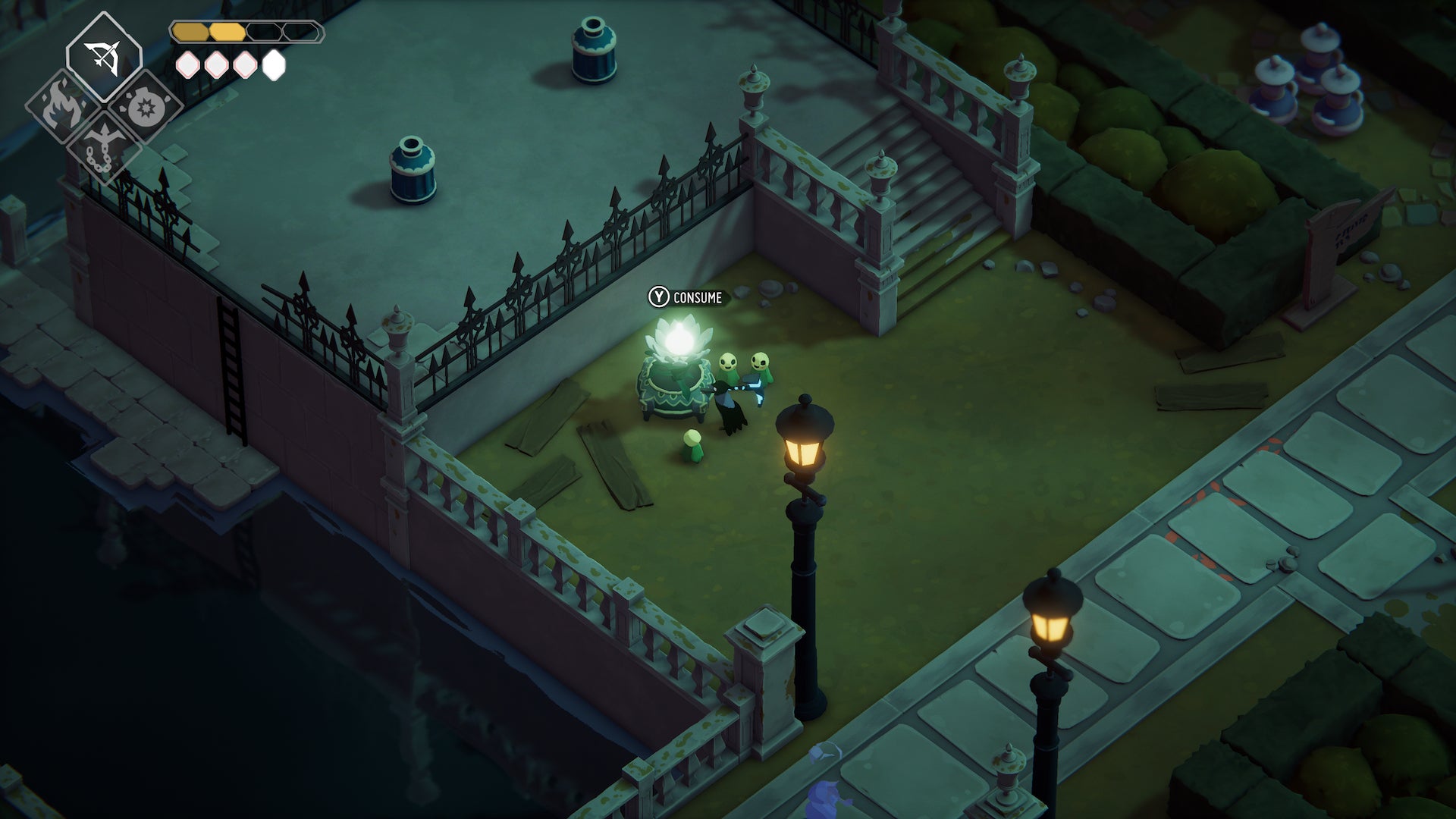
Don’t be precious with seeds
Death’s Door sports an unconventional healing mechanic. There are no potions or healing spells. You can’t pop into an inn or sleep at a camp. Instead, you plant seeds in pots. Those seeds instantly sprout a plant. Interacting with the plant will fully heal you, at the expense of cursing the plant to wither and become useless. But these plants regrow with every respawn, and even though seeds are scant for the first few areas, you’ll be flush with them sooner than you think.
Turn down the screen shake
Death’s Door doesn’t exactly have a robust suite of options and settings, but there’s one you should change off the bat: Turn down the screen shake. By default, the screen shakes violently with every hit — whether you’re doing the hitting or getting hit. It’s a matter of taste, of course, but personally, I found it distracting. The combat’s tough enough as is! You don’t need the battlefield to shake like you’re in a snow globe (even if, at times, it looks like you are).
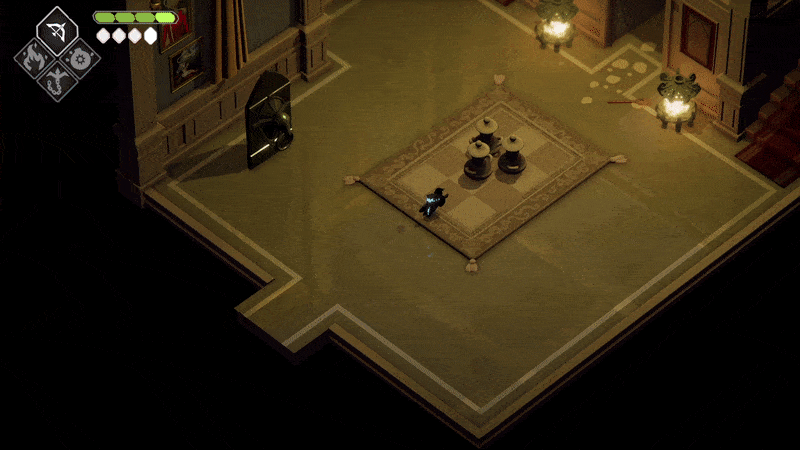
Destroy everything
It’s the most basic rule of Zelda’s playbook: If you see something, break something. Pots, boxes — you name it. Sometimes, you’ll find a seed within. Less often, but no less helpful, you might open up an otherwise cordoned-off pathway. Plus, breaking stuff is just really freakin’ fun. (Some pots magically reconstruct.)
You needn’t hit enemies to restore your magic
Yes, striking enemies with your melee weapon restores your magic, but you can also hit inanimate objects — the clay pottery, the chunks of ice, the weeds and fungi and other ethereal growth that peppers this idyllic Halloween world — to re-up, too.
Look for gaps
Like many metroidvania-inspired games, Death’s Door is designed to make you feel lost. Not spoiling any solutions here, but look to the corners and keep an eye out for gaps, be they in the walls, in hedges, in between roots in the forest. These paths often lead to secrets, items, nodes of experience points, or, if you’re lucky, shrines (Zelda-style obelisks that will permanently upgrade your health and magic for every four you find).
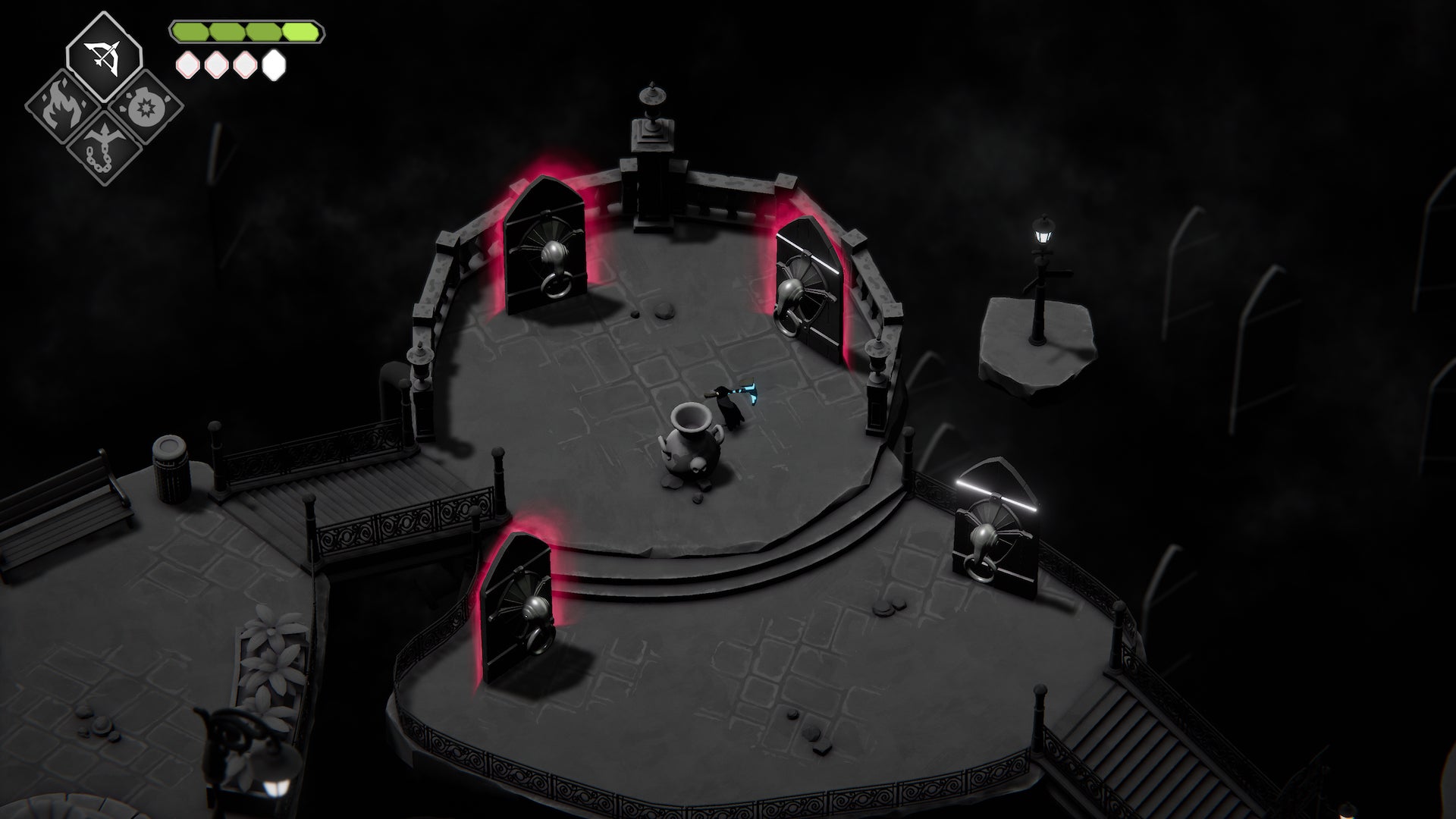
Go through the red doors
Death’s Door doesn’t end at the end. After the credits, from the Reaping Commission HQ (your home base), there’s a visual shorthand for figuring out where to go on your quest for 100-per cent completion. Doors outlined in a red glow indicate a region that still has items to collect. Those with a white glow lead to areas you’ve already cleared.
Be really, really patient
Unlike so many action games, success in Death’s Door isn’t about skill, not strictly at least. It’s about patience, the virtue of shortest supply. You will fail. You will die. You will get lost. Sometimes patience means intentionally throwing a boss fight so you can get a read on its patterns. Other times, it means beating your head against an environmental puzzle, seeing that the thing you want is right there, before realising that you don’t have the necessary traversal upgrade, and making a mental note to return later. But most often, it’s about recognising when you’ve hit a wall, taking a breath, stepping away for a bit, and coming back later.
You’ve got this. It might not always seem like it, but you do. Good luck!
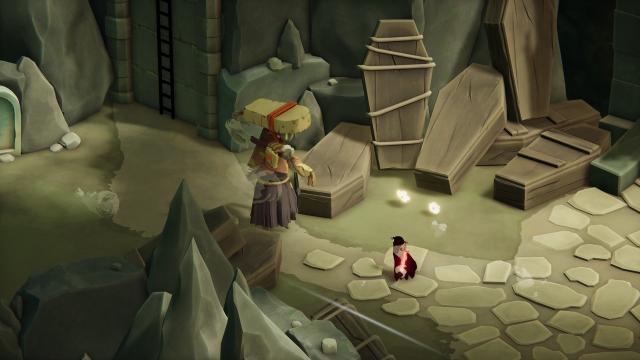
Leave a Reply